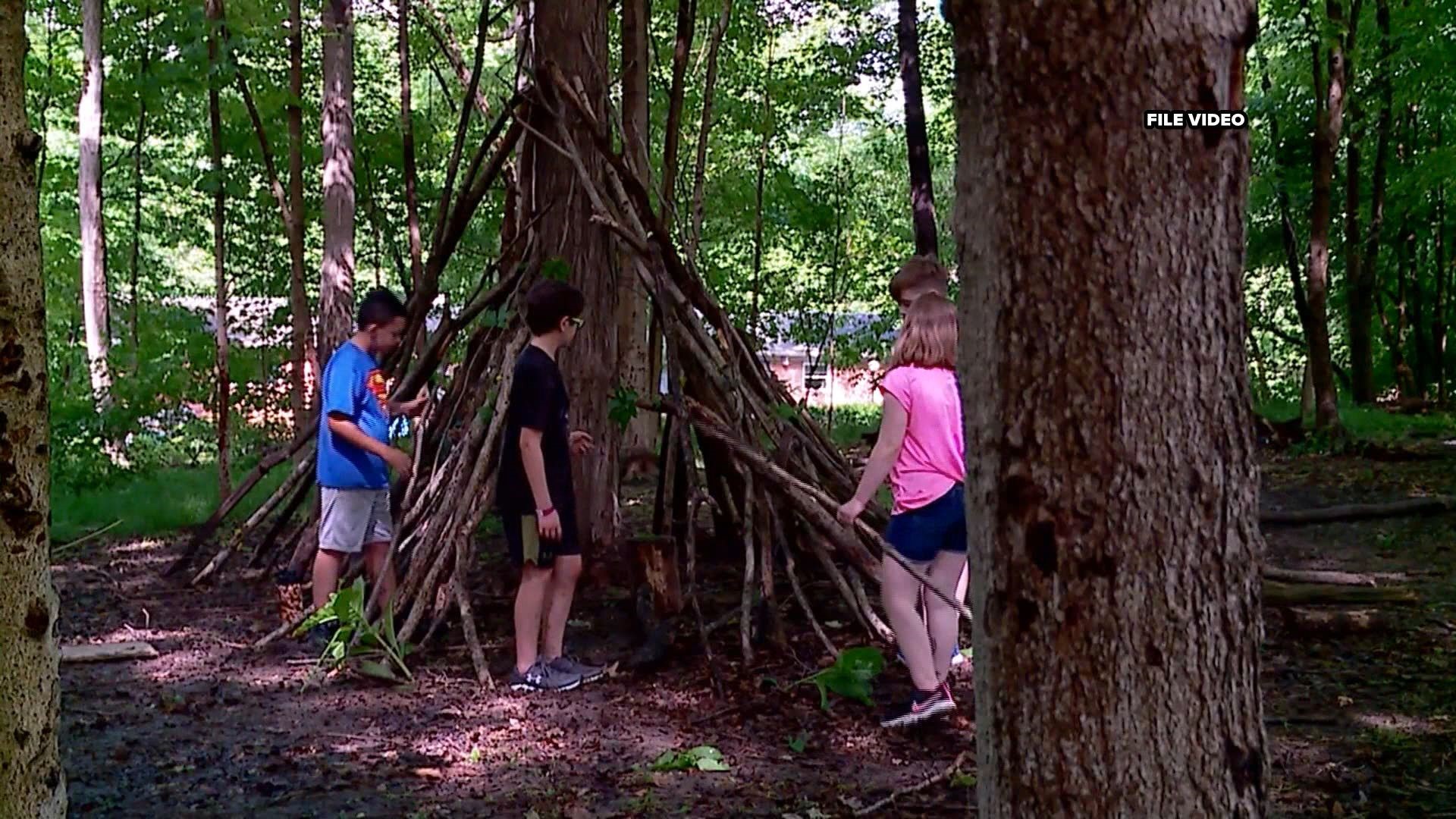GUILFORD COUNTY, N.C. — Under the North Carolina Safer At Home Phase 2 Plan, camps are allowed to operate amid the coronavirus pandemic. That includes summer, day, and overnight camps. All camps are required to follow the North Carolina Department of Health and Human Services tight guidelines to help slow the spread of COVID-19. Overnight camps must:
- Perform frequent and routine environmental cleaning and disinfection of high-touch areas with an EPA-approved disinfectant for SARS-CoV-2 (the virus that causes COVID-19).
- Immediately isolate sick workers and campers, if symptoms develop, from the rest of the camp.
- Conduct daily symptom screenings of staff/campers.
- Have a plan to work with local health departments to identify close contacts of confirmed cases in the camp setting.
For the full Interim Guidance for Overnight Camp Settings issued by the NCDHHS, click here.
According to the CDC, COVID-19 is mostly spread by respiratory droplets released when people talk, cough, or sneeze. It is thought that the virus may spread to hands from a contaminated surface and then to the nose or mouth, causing infection. Health officials recommend personal prevention practices, such as wearing face coverings, handwashing, staying home when sick, and frequent cleaning and disinfecting.
The CDC says the more people a camper or staff member interacts with, and the longer that interaction, the higher the risk of COVID-19 spread. The risk of COVID-19 spread increases in youth camp settings as follows:
- Lowest Risk: Small groups of campers stay together all day, each day. Campers remain at least 6 feet apart and do not share objects. Outdoor activities are prioritized. All campers are from the local geographic area (e.g., city, town, county, community).
- More Risk: Campers mix between groups but remain at least 6 feet apart and do not share objects. Outdoor activities are prioritized. All campers are from the local geographic area (e.g., community, town, city, or county).
- Even More Risk: Campers mix between groups and do not remain spaced apart. All campers are from the local geographic area (e.g., community, town, city, or county).
- Highest Risk: Campers mix between groups and do not remain spaced apart. All campers are not from the local geographic area (e.g., community, town, city, or county).
The CDC offers the following special guidance for overnight camps:
- Camps who are accepting campers from various geographic regions (e.g., community, city, town, county) should communicate that information to families.
- Align mats or beds so that campers and staff sleep head-to-toe at least 6 feet apart.
- Add physical barriers, such as plastic flexible screens, between bathroom sinks and between beds, especially when they cannot be at least 6 feet apart.
- Monitor and enforce social distancing and healthy hygiene behaviors throughout the day and night.
- Clean and disinfect bathrooms regularly (e.g., in the morning and evening, after times of heavy use) using EPA-registered disinfectantsexternal icon.
- Encourage staff and campers to avoid placing toothbrushes or toiletries directly on counter surfaces.
- Work with camp administrators, nurses, and other healthcare providers to identify an isolation room or area to separate anyone who exhibits COVID-like symptoms. If the camp has a nurse or other healthcare provider, they should use Standard and Transmission-Based Precautions when caring for sick people. See: What Healthcare Personnel Should Know About Caring for Patients with Confirmed or Possible COVID-19 Infection.
- Staff and campers with symptoms (fever, cough, or runny nose) at camp should immediately be separated. Individuals who are sick should be cared for following CDC Guidance for caring for oneself and others who are sick.
- Staff and campers who have had close contact with a person who has symptoms should be separated, and follow CDC guidance for community-related exposure. If symptoms develop, individuals who are sick should be cared for following CDC guidance for caring for yourself or others who are sick.
- Some camps might have the capacity to conduct COVID-19 testing. CDC has guidance for who should be tested, but these decisions should be made in conjunction with state and local health departments and healthcare providers.
- If a person becomes sick and needs to be transported, establish procedures for safely transporting them. If you are calling an ambulance or bringing someone to a healthcare facility, try to call first to alert them that the person may have COVID-19.
- Take steps to ensure any external community organizations that share the camp facilities follow these considerations.
For the CDC’s full suggestions for youth and summer camps, click here.

